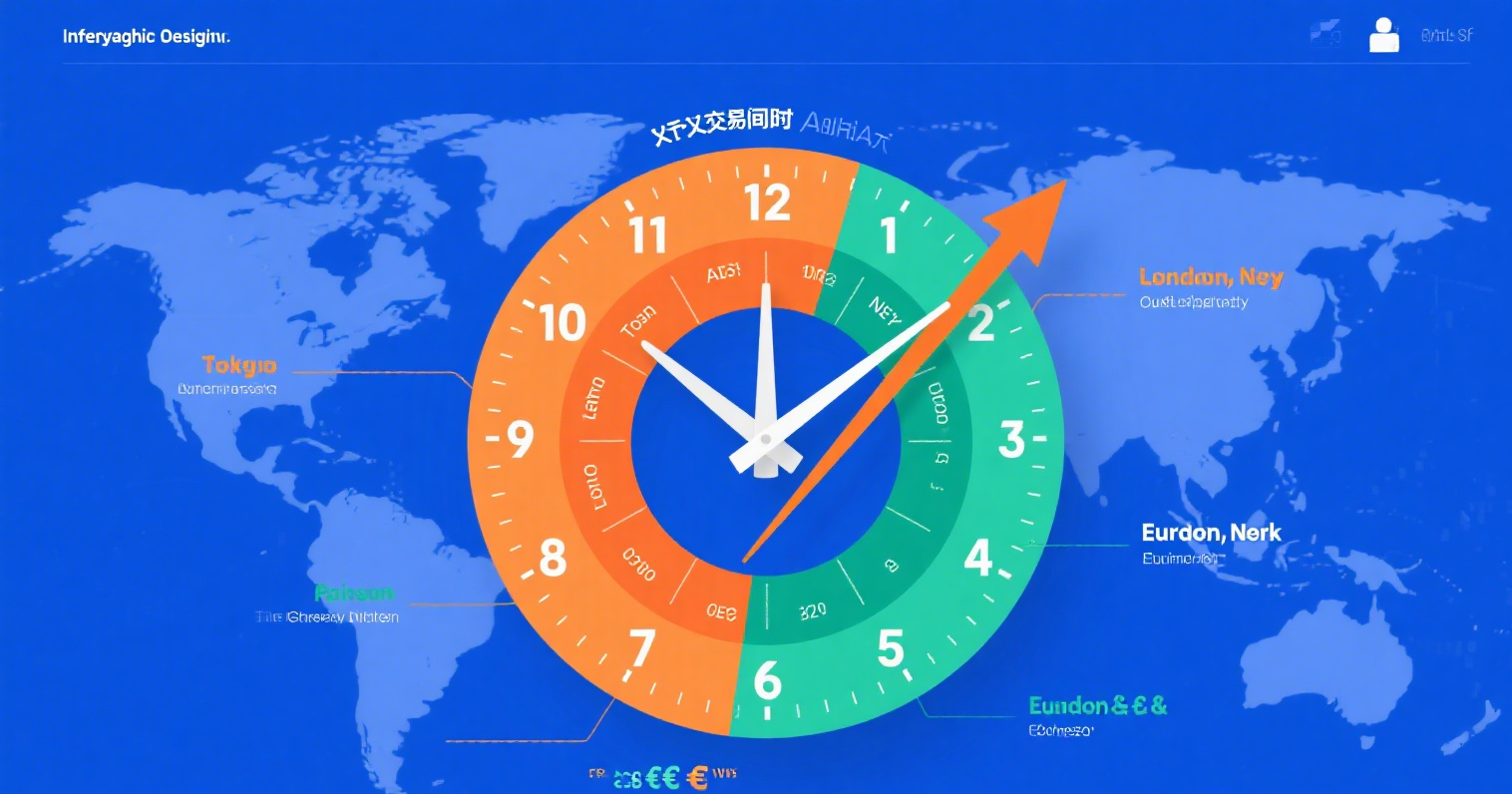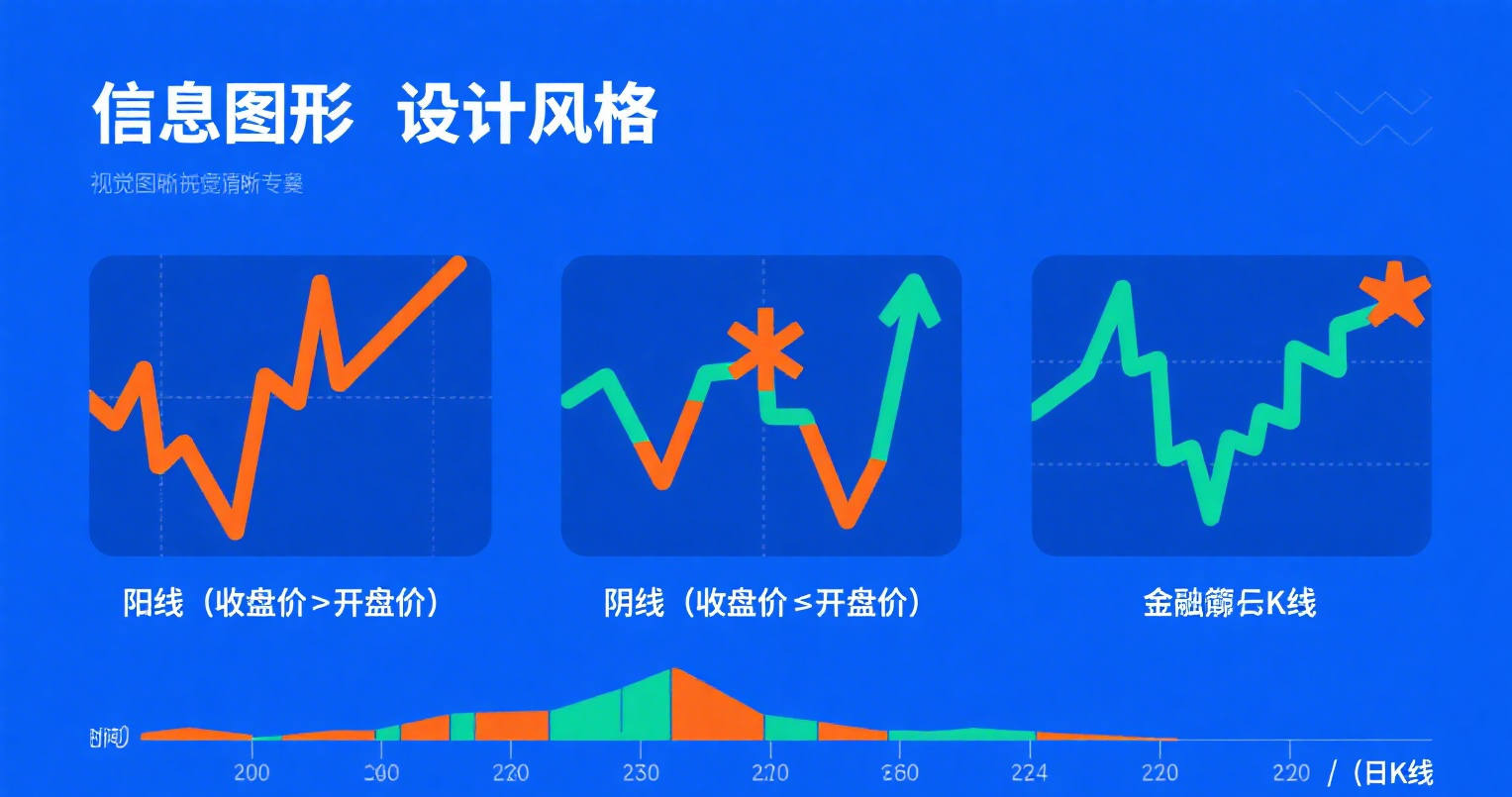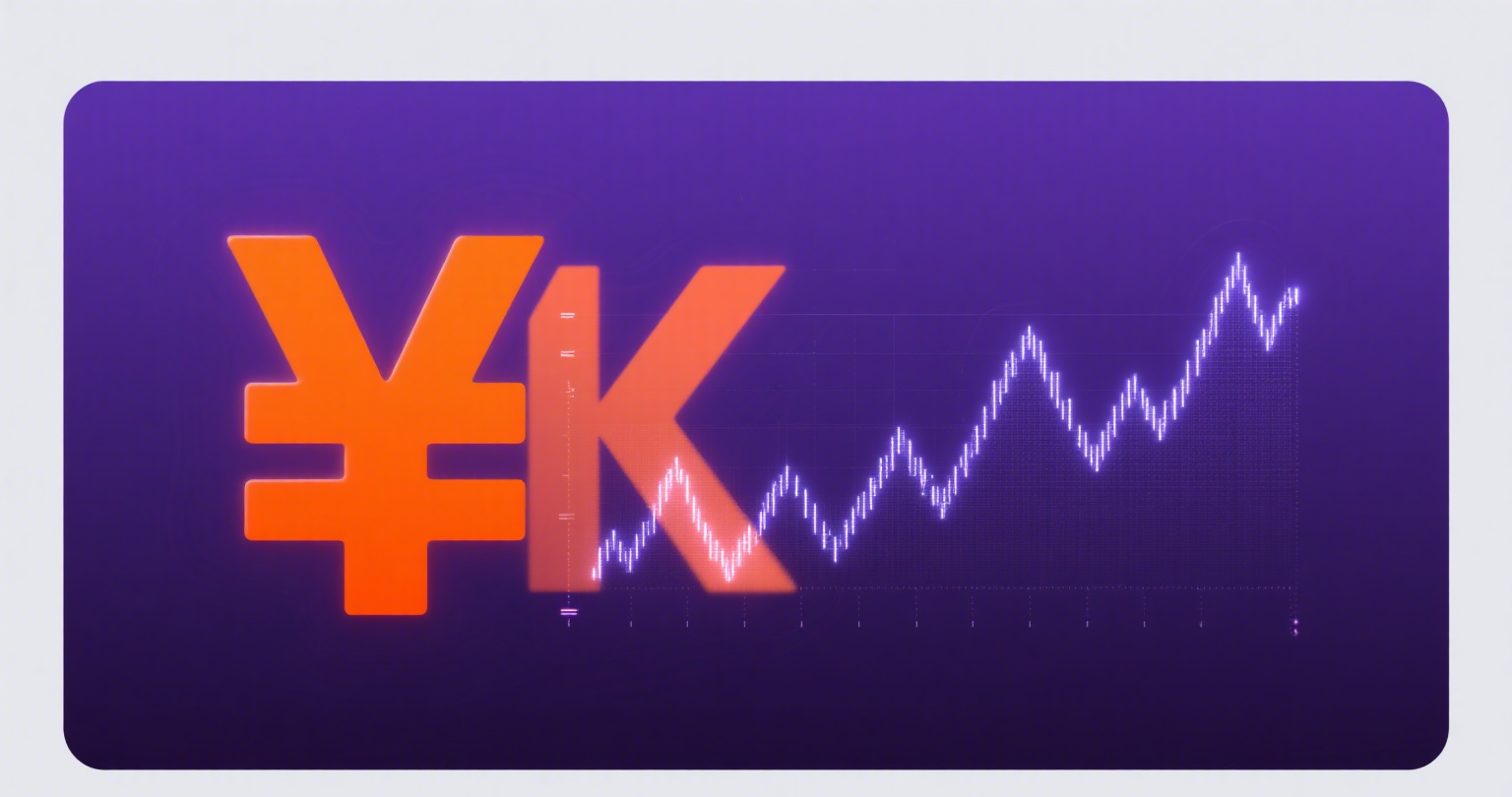
What is DeepSeek Used For?
DeepSeek is a large language model (LLM) developed by the Chinese AI company DeepSeek Inc., whose parent company is the quantitative finance firm H Quant. The model is characterized by low cost, high performance, and open-source availability, supporting tasks such as natural language processing, code generation, and mathematical reasoning, while also excelling in multimodal capabilities (e.g., image generation).
I. Core Features:
-
Low-Cost Training
The training cost of DeepSeek-V3 was only $5.576 million, completed in 55 days, far lower than the investments made by companies like OpenAI. -
Open-Source Strategy
The model’s code and technical papers are publicly available, allowing free commercial use and secondary development, significantly lowering the technical barrier. -
High-Performance Benchmarking
In tasks like math and coding, its performance rivals top-tier models such as OpenAI’s GPT-4 and DALL·E 3.
Why Did It Shock the World?
DeepSeek’s rise has disrupted the long-standing U.S. dominance in AI, with its revolutionary impact reflected in the following aspects:
-
Cost-Performance Revolution
It achieves top-tier performance at an extremely low cost—training expenses are just 1/10th of OpenAI’s, and its API pricing is 30x cheaper than GPT-4. This directly challenges the business models of U.S. tech giants, causing stocks like NVIDIA to plummet (losing $590 billion in market value in a single day). -
Technological Breakthrough
Using data distillation, it refines knowledge from existing models to optimize new ones, drastically reducing computational demands. Its inference speed reaches 3872 tokens/sec on NVIDIA’s H200 system. -
Global Market Impact
Within 18 days of launch, it reached 16 million downloads, topping app stores in 140+ countries, with India accounting for the highest user share (15.6%). -
Political & Economic Game
While U.S. politicians restrict DeepSeek citing "national security," companies like Microsoft and Amazon actively integrate its models, creating a paradox of "ban vs. adoption."
DeepSeek’s Significance for China
DeepSeek not only represents a breakthrough in China’s AI technology but also has profound implications for technological autonomy, economic transformation, and global influence, including:
-
Reducing Reliance on Computing Power
Through algorithmic optimization, DeepSeek improves training efficiency by 7.9x, reducing dependence on high-end GPUs. Its deep integration with Huawei’s Ascend chips accelerates China’s AI hardware independence. -
Industrial Innovation & Upgrade
With API pricing at 1/50th of GPT-4 and support for local deployment, a textile company in Zhejiang reduced energy consumption by 15% after optimizing production lines with DeepSeek, showcasing AI’s potential in traditional industries. -
Breaking U.S. Monopoly
Achieving GPT-4 Turbo-level performance at a $5.576M training cost, DeepSeek directly challenges the U.S.-dominated "computing hegemony," dubbed a "Sputnik Moment" by foreign media. -
Algorithmic & Cultural Confidence
By promoting open-source accessibility, it contrasts with the West’s "AI safety control" narrative, reshaping the global discourse on AI governance
What Does DeepSeek Mean for Ordinary People?
DeepSeek’s rise brings disruptive AI experiences to the public, offering new opportunities, lower costs for SMEs, and benefits such as:
-
Lowering AI Barriers
Free access to DeepSeek-R1 allows users to experience cutting-edge AI, while developers and SMEs can customize tools without massive investments. -
Boosting Efficiency & Experience
It assists in travel planning, solving complex math problems, coding, and more, reducing startup costs for individuals in content creation or AI tool development. -
Driving Competition & Innovation
It pressures U.S. giants to lower prices or improve tech, benefiting end-users. Open-source models may spur niche AI applications in education, healthcare, etc.
















